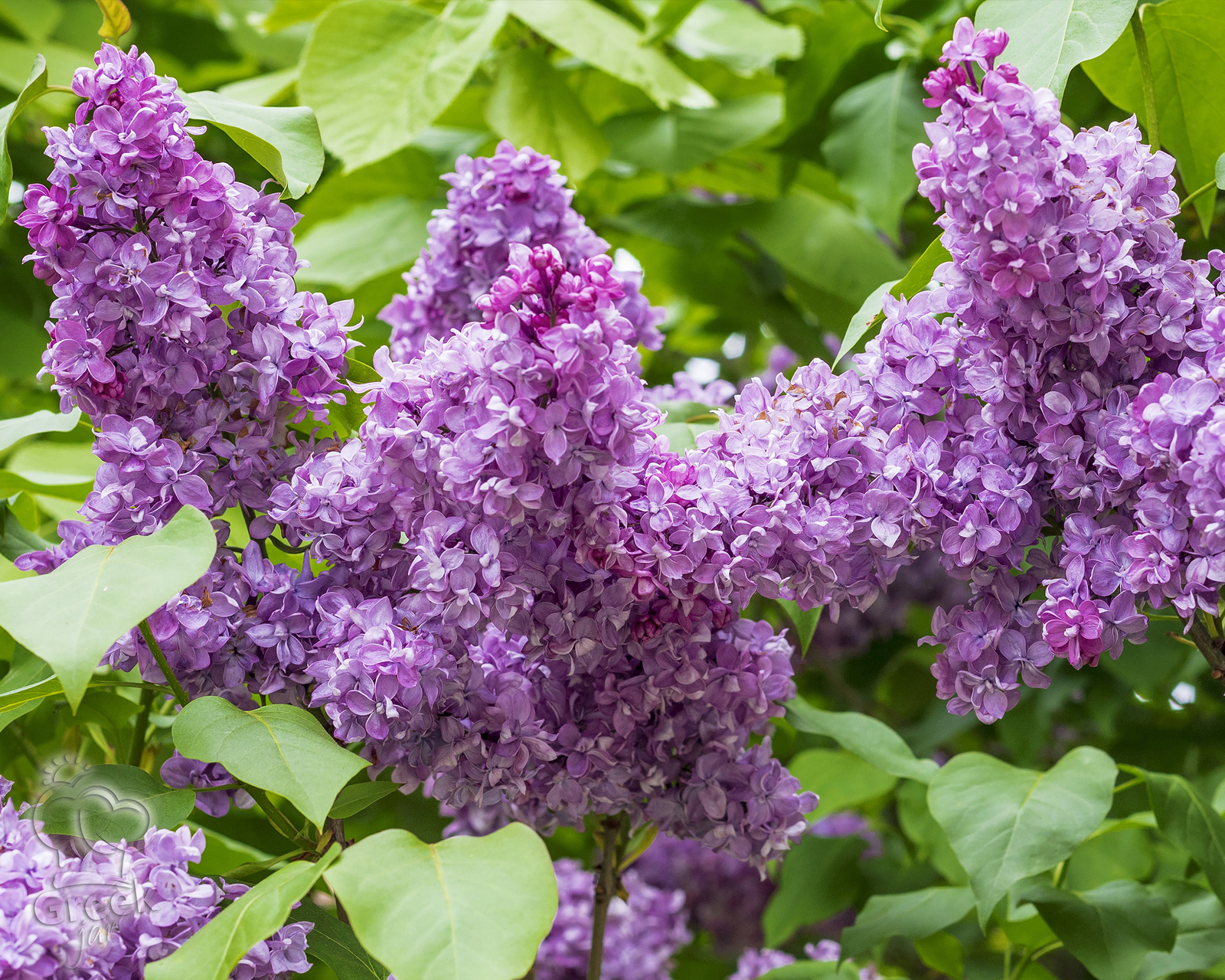In the landscapes of Greece, where history, myth and nature intertwine, the Pashalia tree (Syringa Vulgaris or common Lilac) adorns the countryside with its delicate blooms and sweet fragrance. As the seasons change, this beloved tree becomes a symbol of anticipation and renewal, heralding the arrival of Easter with its vibrant display of color and scent. Each year, as Easter draws near, the Pashalia tree emerges from its winter slumber, adorning the land with its ethereal beauty.
According to Greek mythology, the story of the Pashalia tree begins with a beautiful Nymph or Siren, who transformed herself into the fragrant lilac bush to escape the fervent pursuit of the god Pan. This enchanting tale reflects the enduring allure of the tree and its connection to transformation and protection.
In Christian folklore, the Pashalia tree holds a sacred place, with stories intertwining its branches with the journey of the Virgin Mary and baby Jesus. It is said that the Pashalia tree offered its shadow to shelter the Holy Family during their flight to Egypt, blessed by the Virgin Mary for its kindness.

However, the name and significance of the Pashalia tree are associated with a scene of sorrow and rebirth. Legend has it that the Pashalia tree witnessed the crucifixion of Jesus and, in grief, withered away. But three days later, after the Resurrection, it burst forth with vibrant purple flowers, symbolizing hope and renewal.
Today, the Pashalia tree remains a cherished symbol of Easter, adorning churches and epitaphs with its blossoms during Holy Week. Dressed in purple to mourn on Good Friday and in white to celebrate the Resurrection, the Pashalia tree embodies the cycle of life and the enduring message of faith for redemption.
Beyond its myths and stories, the Pashalia tree captivates with its simple beauty and sweet fragrance. As we gather with loved ones to celebrate Easter, the sight of the blooming Pashalia tree reminds us of the unsurpassed magic of nature and the timeless truths of this great holiday.








